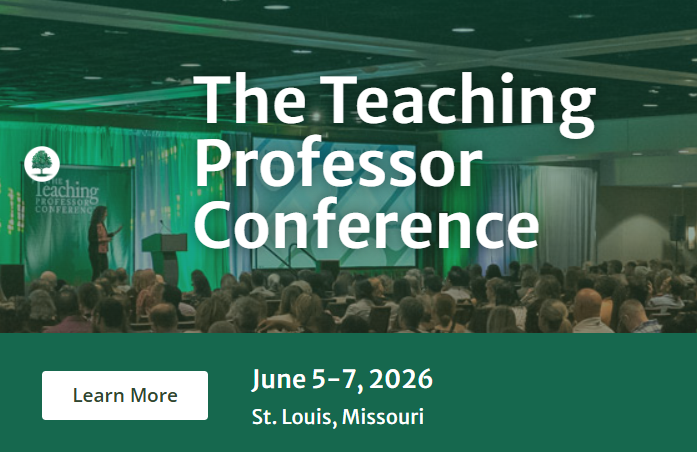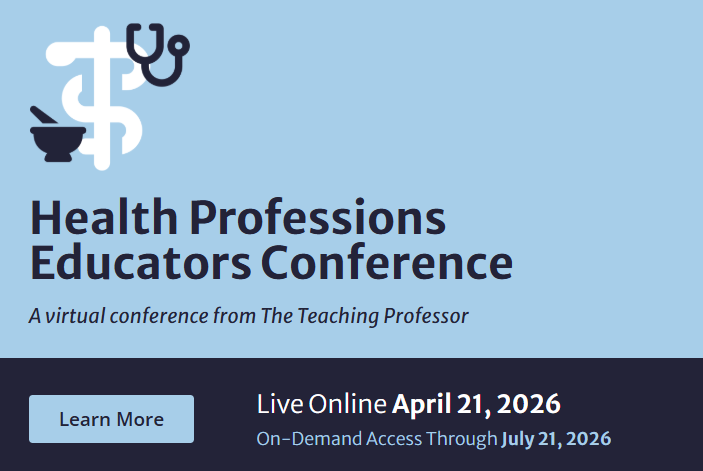Retaining Faculty of Color
Most higher education institutions include language in their mission statements about the importance of diversity, but they often fall short when it comes to retaining faculty of color, says Christine A. Stanley, executive associate dean of faculty affairs at Texas A&M University, and editor of Faculty of Color: Teaching in Predominantly White Colleges and Universities (Anker Publishing, April 2006).



